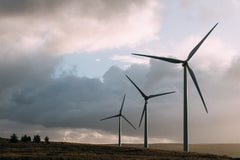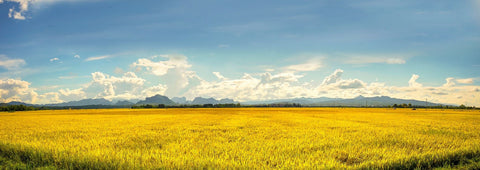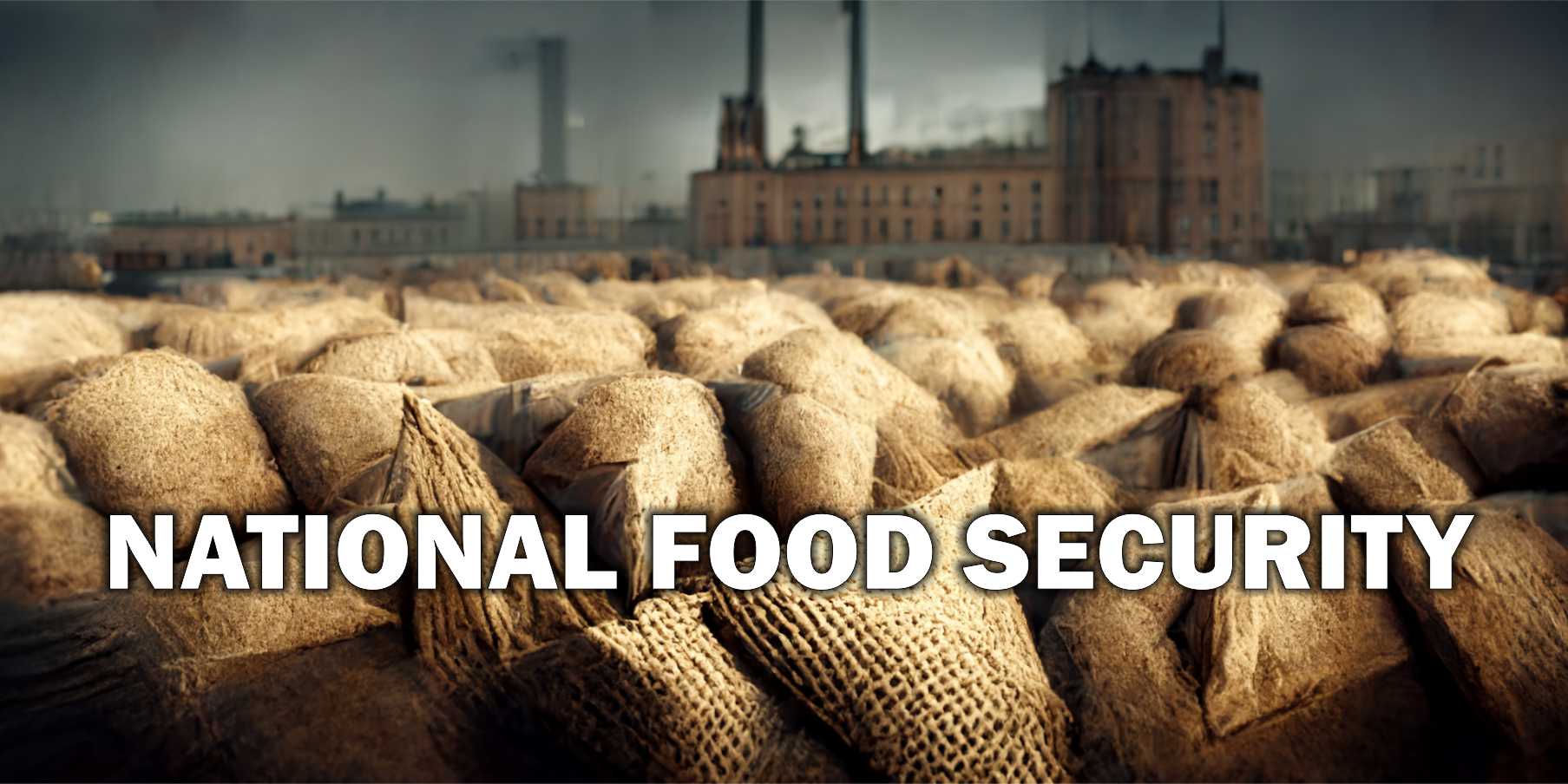
UK Food Supply Chain Risks - June 2022
UK Food Supply Chain Risks - June 2022
The New Era and a Looming Humanitarian Crisis
Energy Crisis
The ongoing energy crisis may be considered a global wake-up call. As a sector crucial to international economics and one of the building-blocks of modern human society, recent events indicate it is about the right time to weigh in on existing energy sources and possible alternatives. The energy sector is made up of companies that produce either renewable or non-renewable energy. While renewable options including hydropower, biofuels, wind and solar power are widely encouraged due to their contributions to reducing carbon emissions, non-renewable energy like petroleum products, natural gas, diesel and gasoline are more abundant, affordable and mostly used across industries. Over a hundred countries have some amount of oil deposits which is explored as non-renewable energy for domestic use and/or exported to other regions of the world. The United States, Saudi Arabia and Russia are some big players in the industry.

The pressure being placed on the energy sector to move to renewable energy is essentially causing significant additional challenges for an industry already stretched to capacity, causing a number of issues further downstream.
Ukraine War
Russia’s invasion of Ukraine that commenced in February 2022 is overwhelming the energy and agriculture industries as many countries battle the ripple effect of the region’s political crisis. A popular African proverb goes, “when two elephants fight, the grass suffers the most”. While this is not intended at demeaning smaller industry players, it is best to accept that as far as agriculture and energy are concerned, Russia and Ukraine are heavyweights. The war has exacerbated the issues in the energy sector and is threatening to stir up a global food and humanitarian crisis. Both country’s positions in the “food chain” make it difficult to turn a blind eye to recent events. The sanctions aimed at ending Russia’s invasion of Ukraine has caused the price of fertilizers and their raw materials to rise significantly. This is mainly because the country ranks highest on the list of global exporters of Nitrogen fertilizer and is second highest for Potassium and Phosphorus; materials produced from natural gas – a non-renewable energy source.
Fertilizer, Carbon Dioxide, Food Production & Inflation
CF Industries’ decision to permanently shut-down one of its two fertilizer plants in the UK, which was temporarily closed in September 2021, due to high cost of natural gas and environmental taxes is an outcome of the Russia-Ukraine war. In order to increase food production significantly to meet the growing populations’ rising food demands, farmers have had to rely on fertilizers to boost soil fertility and increase productivity levels ever since the mid-19th century. This is why fertilizer products are in high demand globally. As a consequence of the shortage of energy by-products, companies like CF Industries in the UK are shutting down to cut down on high operating costs. It is currently near impossible to break-even with the record-breaking cost of inputs. The big question therefore is what the implications of the shutdown are?
CF Industries began operations in the UK as far back as 1929 and has invested over £1 billion pounds to become the region’s leading producer of Nitrogen and compound fertilizers. The company also supplies about 60% of UK’s food grade carbon dioxide – produced from ammonia and used for packaging meat, beer and soft drinks. Shutting down one of its plants in the UK would lead to a shortage in the supply of both fertilizers and CO2. Farmers will be forced to source alternatives to meet up with the 2022 farming season. This implies higher variable costs which sadly many farmers would not be able to afford. Farming activities may have to shut down in some areas, while other farmers may be forced to inflate food prices to make profits. Besides farmers who feel the immediate brunt of this decision, other food supply chain actors are next in line. The chain of price hike is expected to continue as manufacturers and retail stores have to make profits as well. This is an invariable extension of the Russian-Ukraine battlefield. Who says you need to be physically present to feel the heat on the battlefield? Although there is no better time to experience these happenings, the long existing race against hunger and malnutrition makes now a terrible time for any more food scarcity or crisis. As of May 2022, UK stores were already showing a 2.8% inflation in general prices and 4.3% for food items, the highest in the last 10 years. At the time, rising inflation rates were due to shortage of labour – considered a resultant effect of Brexit. By the end of the 2022 farming season in September, these levels are likely to have soared higher.

The challenge of grain shortages is another outcome of the war. With the inability of cultivate lands invaded by Russian forces or ship stored grains out of the country, big players in Ukrainian agriculture industry are now focused on survival not profit margins. The Russian invasion destroyed one of the country’s ports and caused shipping companies to suspend operations in the interim. Ukraine’s position in global export markets makes this difficult to overlook because the country is such a big player in agriculture that it is popularly referred to as “Europe’s Breadbasket”. Over 80% of its 60 million hectares of land are fully cultivated, making it one of the world’s largest producers and exporters of vegetable oil and grains like wheat, corn, and barley. It supplies grains to countries in Europe, Asia and Africa where prices of food items are also expected to have increased.

As Russia’s invasion of Ukraine persists, the world needs to move on. In the last decade, food supply has been adversely affected by climate change and then the COVID-19 pandemic. The invasion is new but has the likelihood to compound the effects of the previous two challenges. Conversely, it is expected that more supply-chain actors will shut-down business due to high operating costs while the cost of agricultural inputs and food products surge higher. The war is also expected to aggravate transportation and other logistics related issues. However, in moving forward, this may be the best time to identify and leverage on alternative sources of energy and raw materials. Yara International is currently exploring the option of producing ammonia from solar power. Besides eliminating the dependence on the energy “heavyweights”, this option is considered safe for the environment. Although the challenges that the food and energy supply chain are considerable, there are always new opportunities and ideas that can arise.
For now, we just need to weather the storm...
Suggested Articles
National Food Security - what is it & what does it mean for me
Food security has emerged as one of the most significant challenges facing countries worldwide. It is no longer just ...
Current Risks & Challenges facing UK society - our Top 50
The world is evolving at an unprecedented pace, and the UK is not immune to the challenges that come with it. From th...
Why the World's Food Supply is in Danger and What You Can Do to Prepare
When you think of threats to our food supply, images of failed harvests and rotting crops probably come to mind. Howe...




